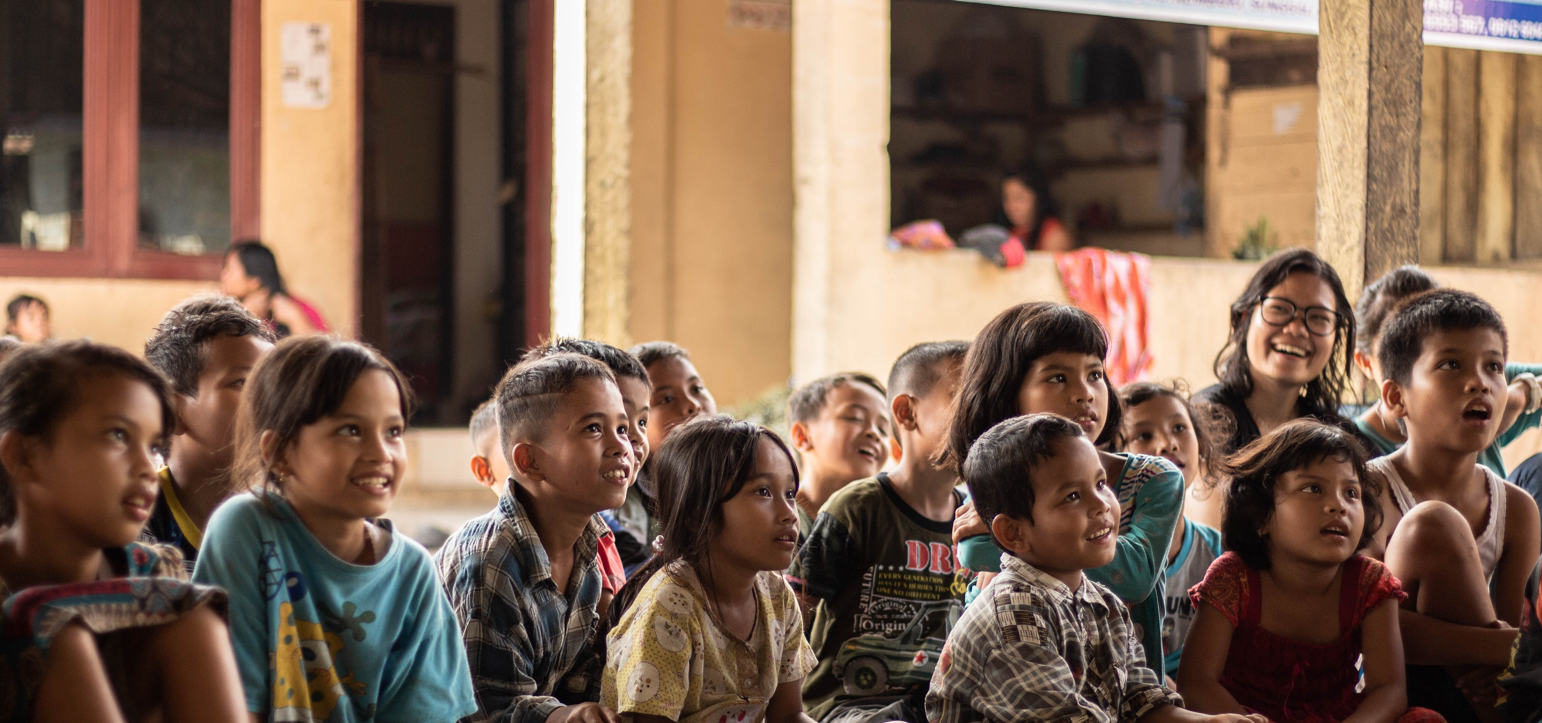



Council of Europe’s ‘Istanbul Convention’
Council of Europe’s ‘Istanbul Convention’ on Preventing and Combating Violence against Women and Domestic Violence: Recognised as a ‘Visionary Policy’ by the Future Policy Award 2014, this human rights convention from the Council of Europe commits those Member States which ratify it to adopt a comprehensive, multidisciplinary response to violence against women through long-term preventive actions alongside measures which ensure the prosecution of perpetrators and protection of survivors. In effect since August 2014, the ‘Istanbul Convention’ is currently the most comprehensive international instrument on violence against women and is open to accession by any State in the world, whether they are a member of the Council of Europe or not.
More information: https://www.coe.int/en/web/istanbul-convention/10th-anniversary
- Award
- Sustainable Ecosystems
- Biodiversity & Soil
- Food Security
- Rights & Responsibilities
- Agroecology
- Land Restoration
- Sustainable Ecosystems
- Oceans
- Crimes Against Future Generations
- Child Rights
- Children
- Climate and Energy
- Forests
- Renewable Energies
- 100% Renewables
- Rights and Responsibilities
- Nuclear Disarmament
- Peace and Disarmament
- Guardians for Future Generations
- Common Wealth
- Design & Manufacturing
- Education
- Participation
- Rights of Nature
- Biodiversity
- Higher Education
- Rights of Children
- Regenerative Urban Development
- Sustainability
- youth empowerment
- Youth and Women
- Youth Sector
- Value-Based Consumption
- Regenerative Cities
- Zero Waste
- Food and Water
- Visionary Policy
- Alternative Indicators
- Rights of Children, Youth and Women
- Foster a Culture of Peace
- Learning & Responsible Governance
- Divest from Unethical Practices
- Green Tax
- Curricula Reform
- Re-Direct Military Spending
- Future Injust
- Europe
- africa
- Asia
- Latin America
- North America
- Oceania
- Germany
- United States
- Brazil
- costa rica
- australia
- palau
- Argentina
- Norway
- Philippines
- Denmark
- Finland
- Ecuador
- Montenegro
- Burkina Faso
- Monaco
- Malta
- Italy
- Bosnia and Herzegovina
- Andorra
- Albania
- USA
- Bhutan
- Uganda
- Austria
- Indonesia
- Aotearoa-New Zealand
- Tanzania
- World
- rwanda
- Wales
- Global South
- Cape Verde
- Frankfurt
- Scotland
- Niger
- China
- Ethiopia
- Portugal
- Global
- Middle East
- Zanzibar
- turkey
- Sweden
- Spain
- Slovenia
- Serbia
- Cuba
- Honduras
- Haiti
- Guyana
- Guatemala
- Grenada
- El Salvador
- Dominican Republic
- Dominica
- Jamaica
- Columbia
- Chile
- Bolivia
- Belize
- Barbados
- Bahamas
- Antigua and Barbuda
- namibia
- Suriname
- south america
- belo horizonte
- Canada
- New Zealand
- France
- Venezuela
- Uruguay
- Trinidad and Tobago
- Japan
- Saint Vincent and the Grenadines
- Saint Lucia
- Saint Kitts and Nevis
- Peru
- Paraguay
- Panama
- Nicaragua
- Mexico
- #8 DECENT WORK AND ECONOMIC GROWTH
- #1 NO POVERTY
- #13 CLIMATE ACTION
- #15 LIFE ON LAND
- #12 RESPONSIBLE CONSUMPTION AND PRODUCTION
- #2 ZERO HUNGER
- #3 GOOD HEALTH AND WELL-BEING
- #10 REDUCED INEQUALITIES
- #11 SUSTAINABLE CITIES AND COMMUNITIES
- #5 GENDER EQUALITY
- #4 QUALITY EDUCATION
- #9 INDUSTRY INNOVATION AND INFRASTRUCTURE
- #7 AFFORDABLE AND CLEAN ENERGY
- #16 JUSTICE AND STRONG INSTITUTIONS
- #14 LIFE BELOW WATER
- #16 PEACE
- #6 CLEAN WATER AND SANITATION
- #17 PARTNERSHIPS FOR THE GOALS
